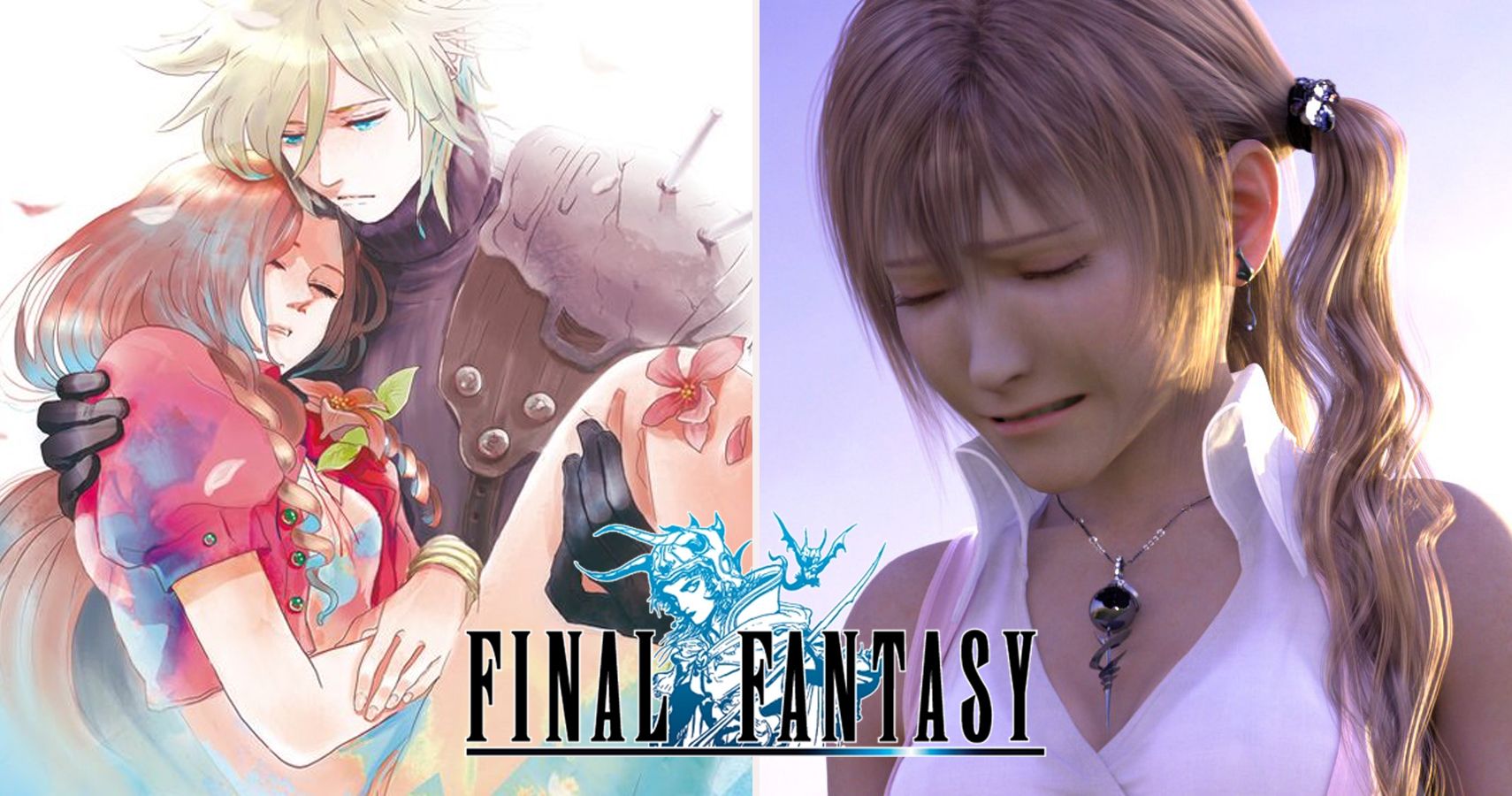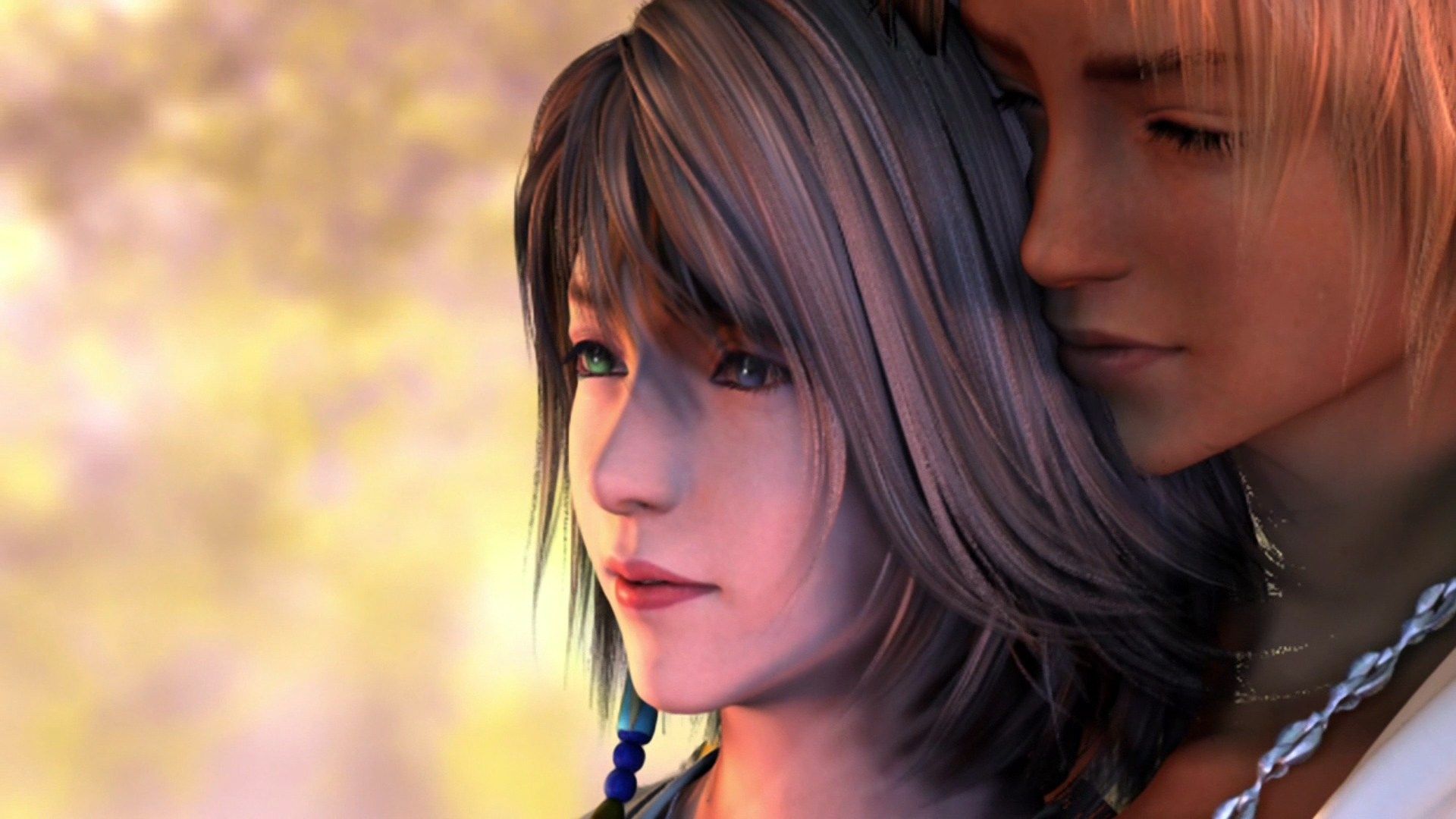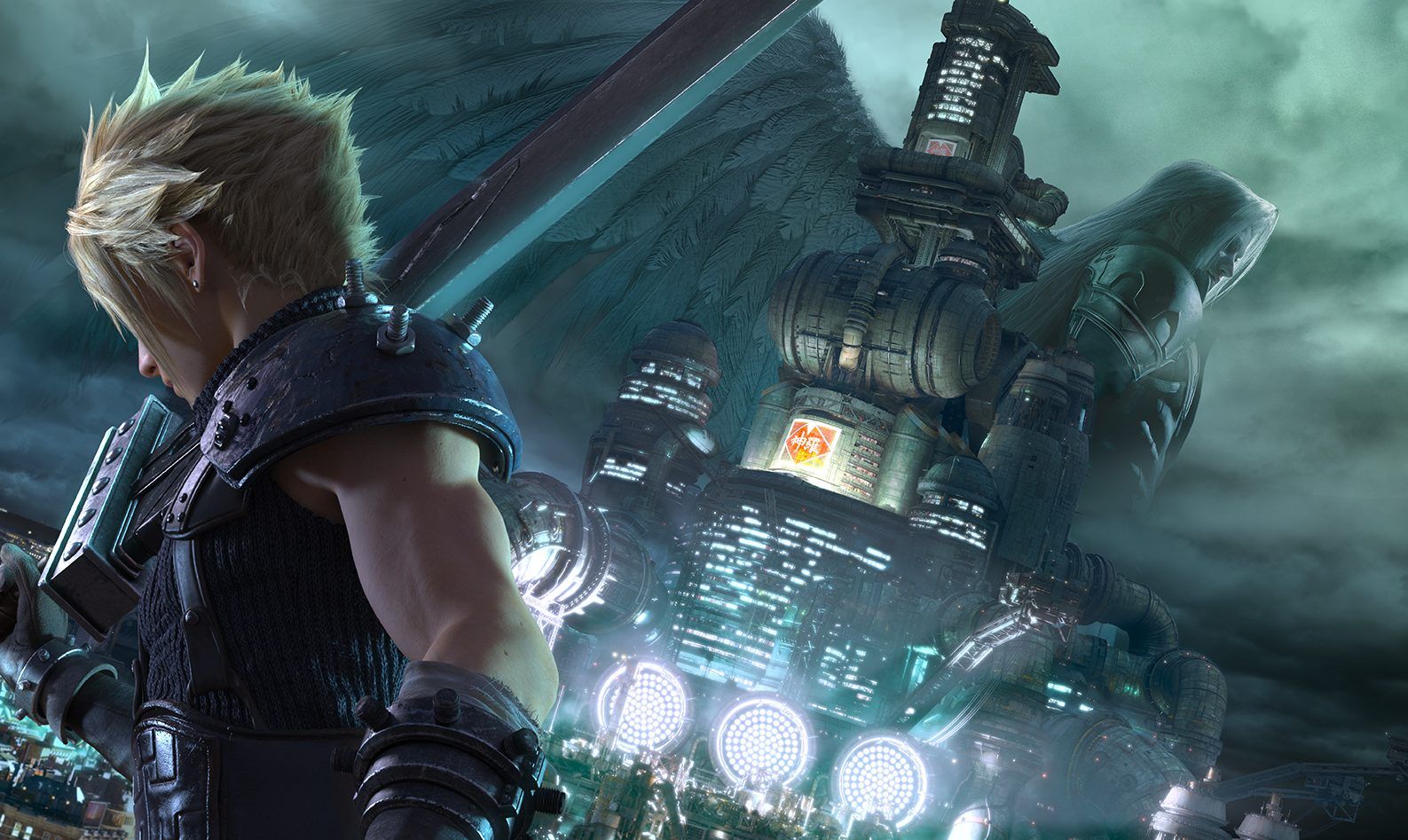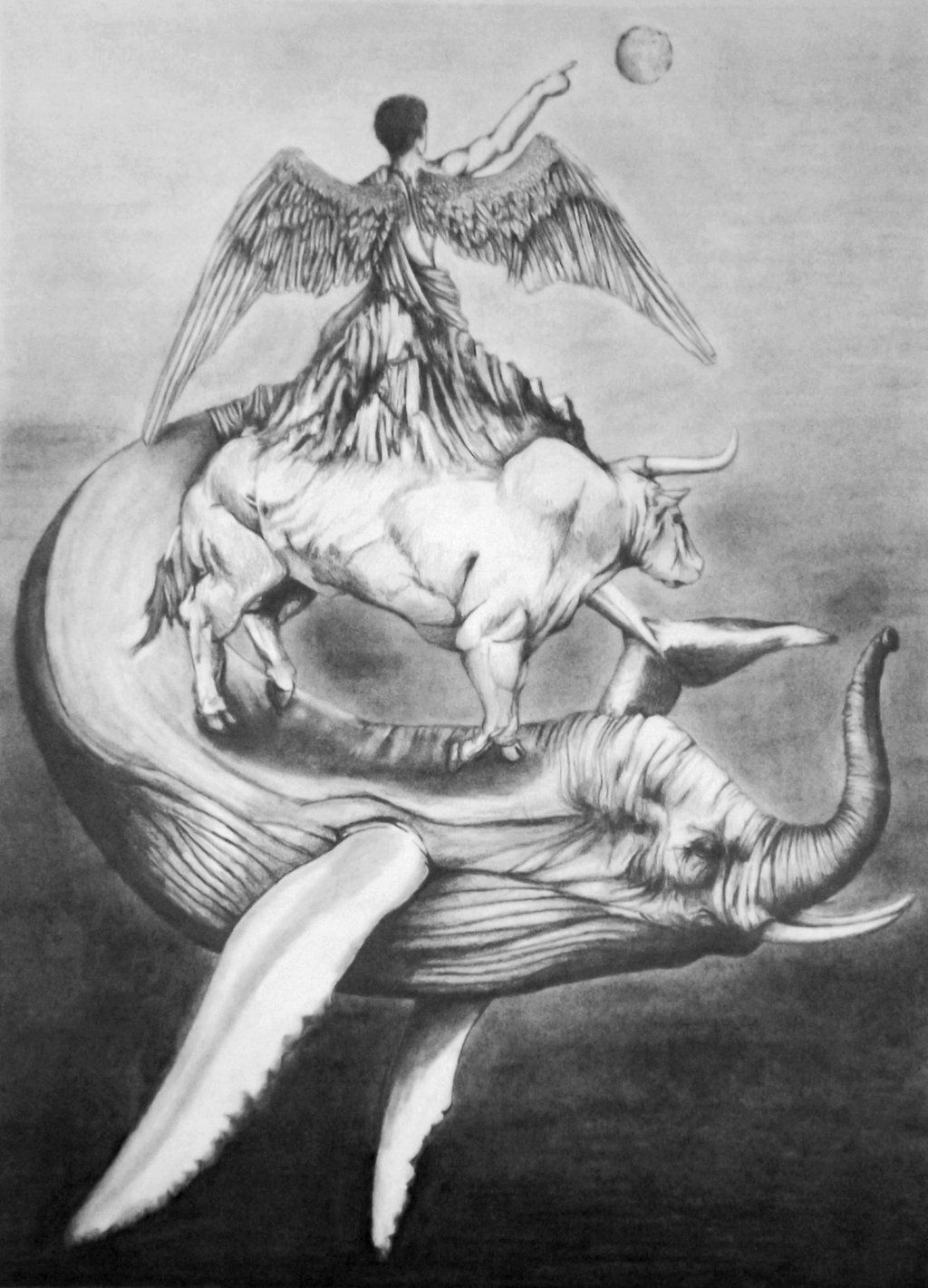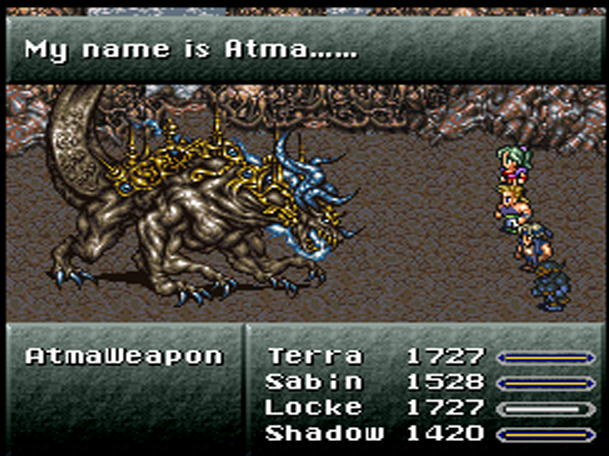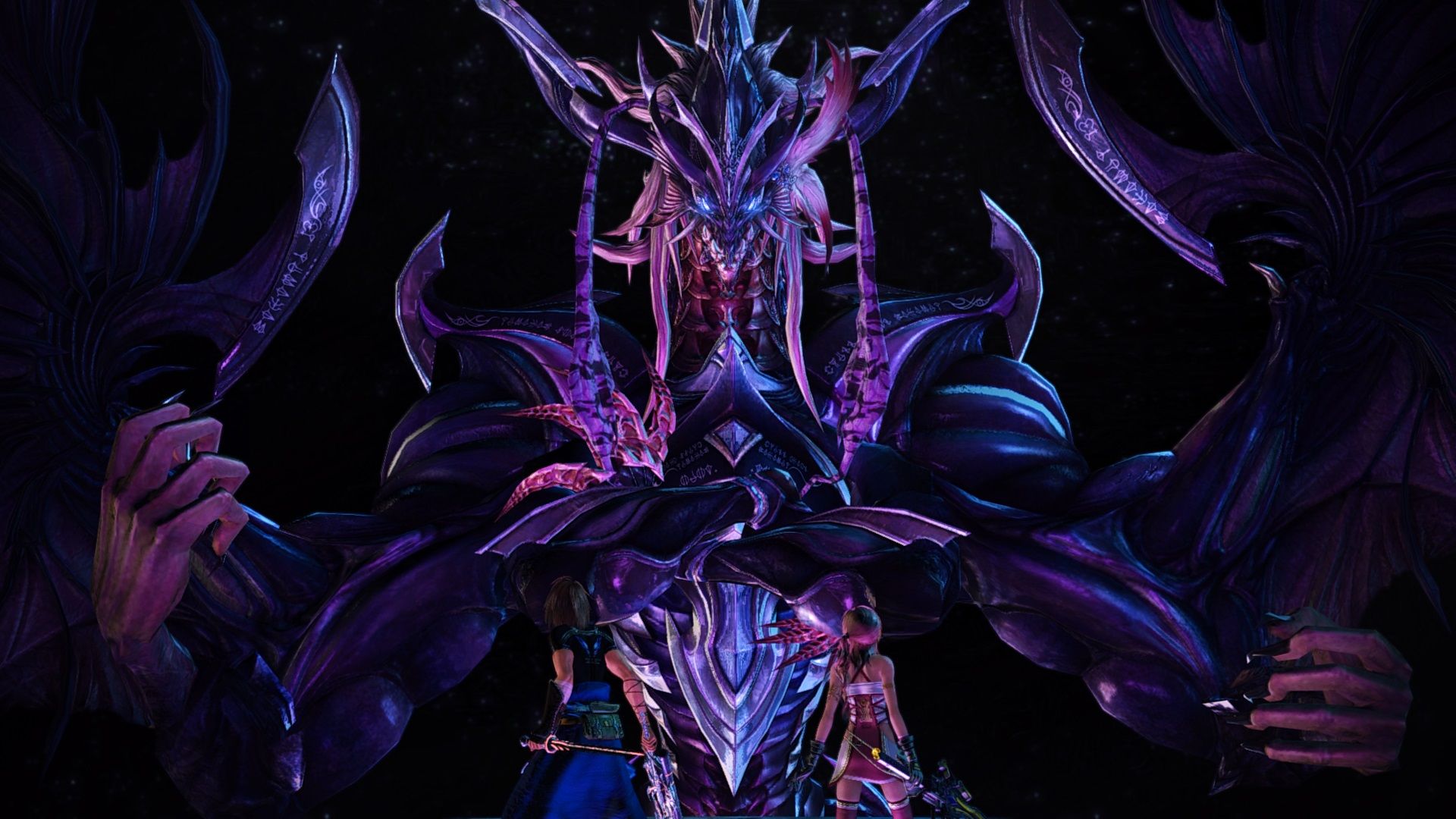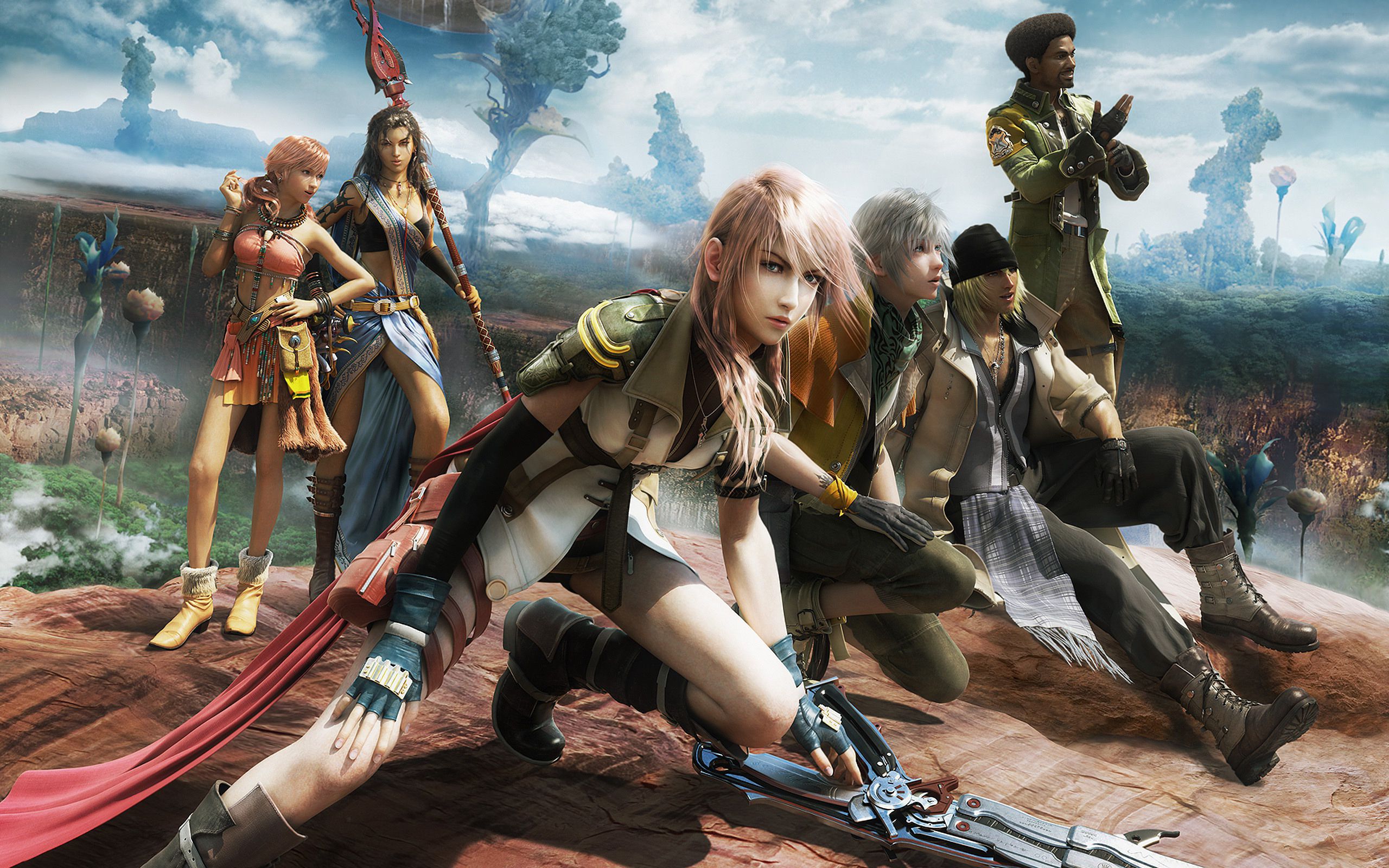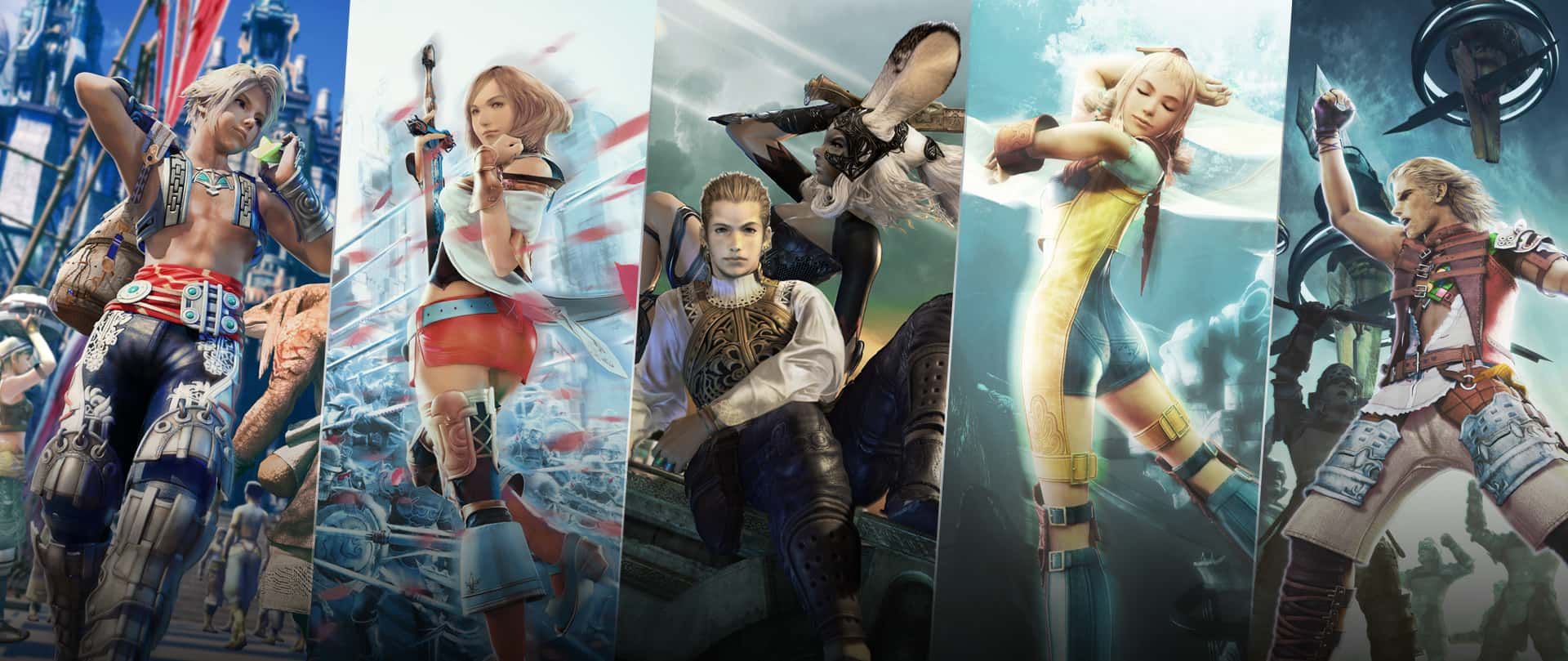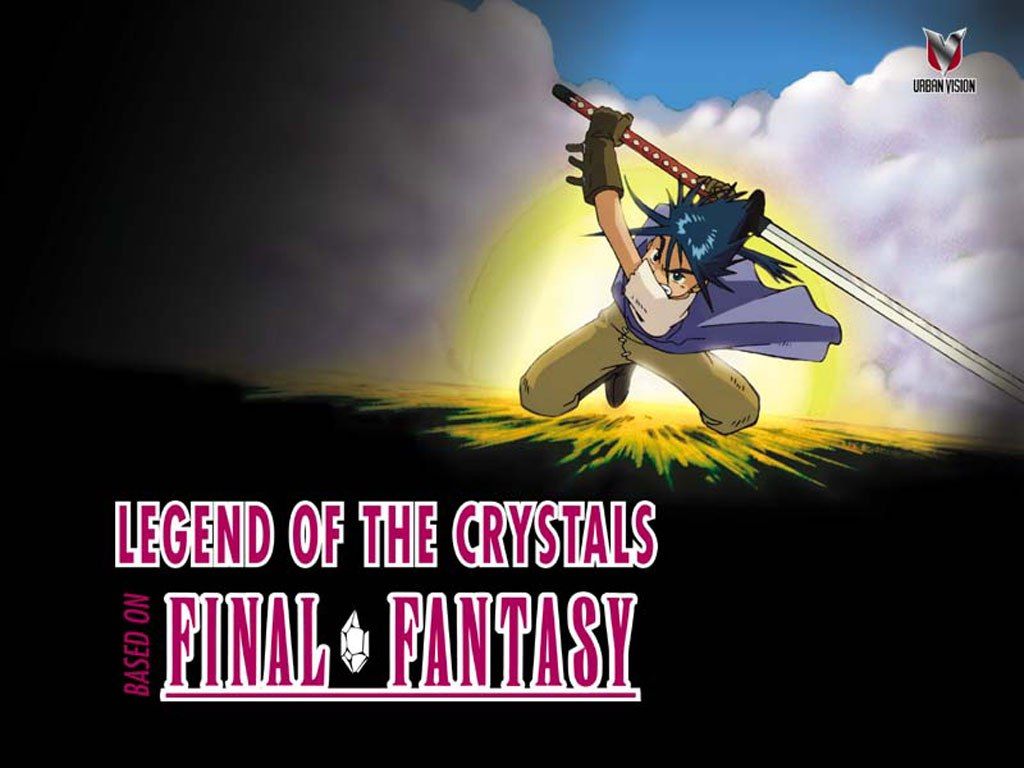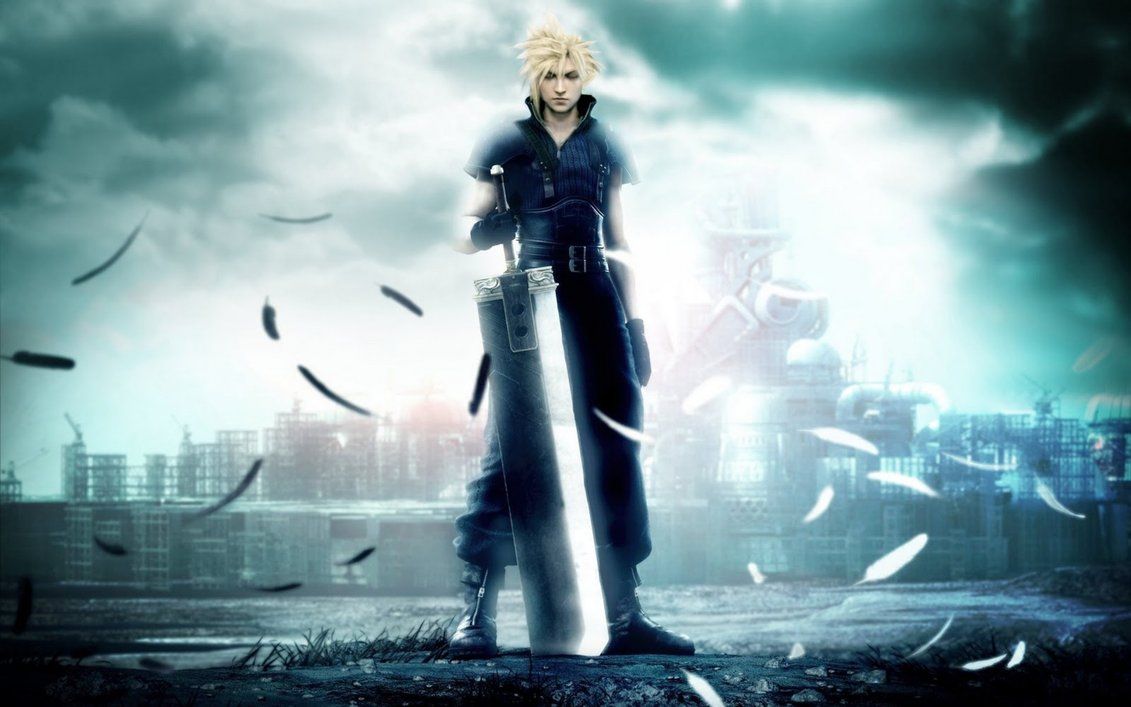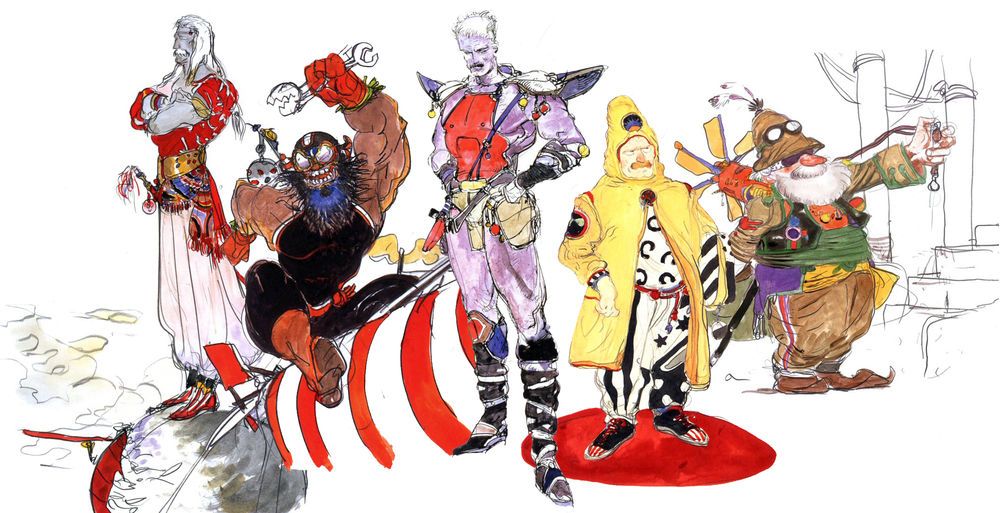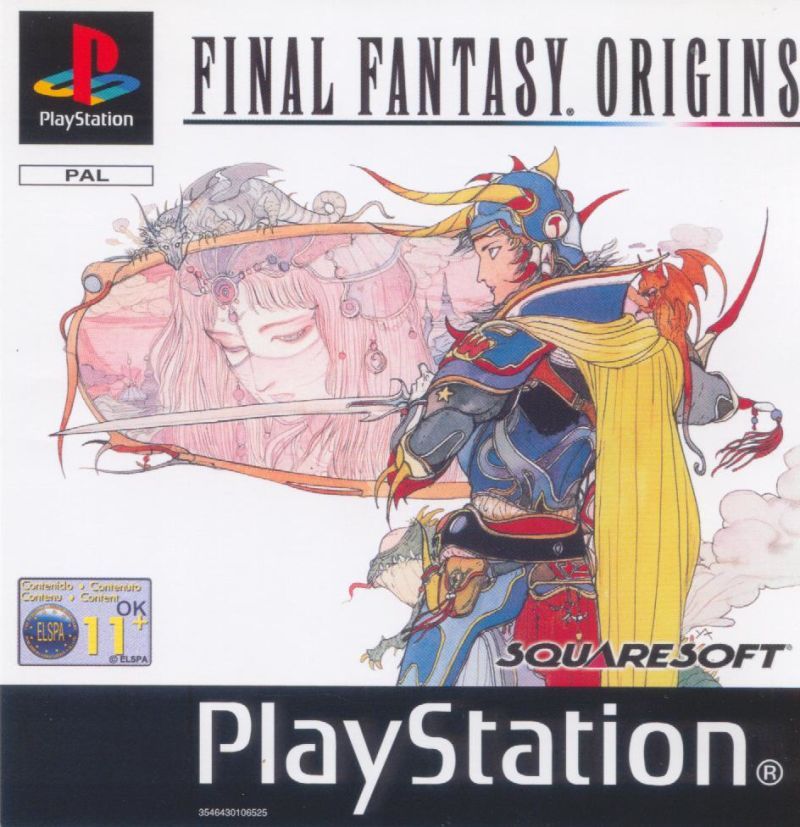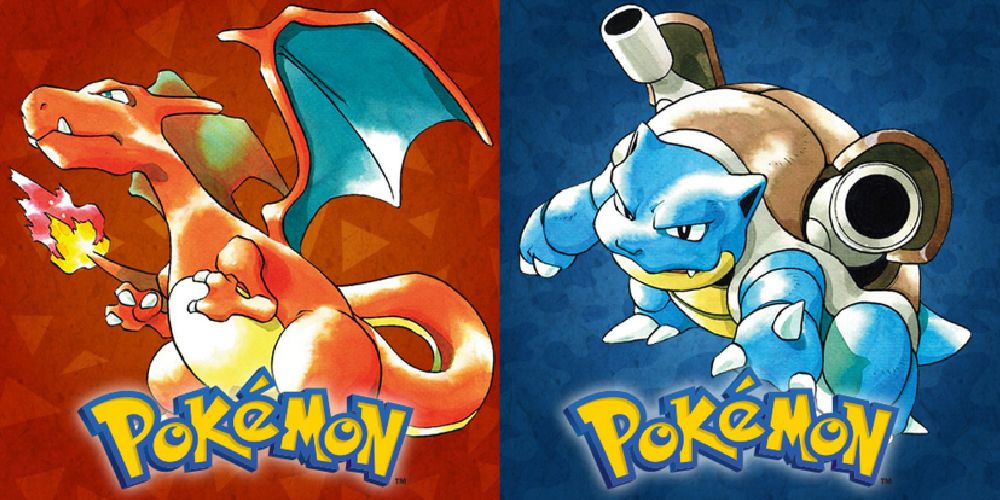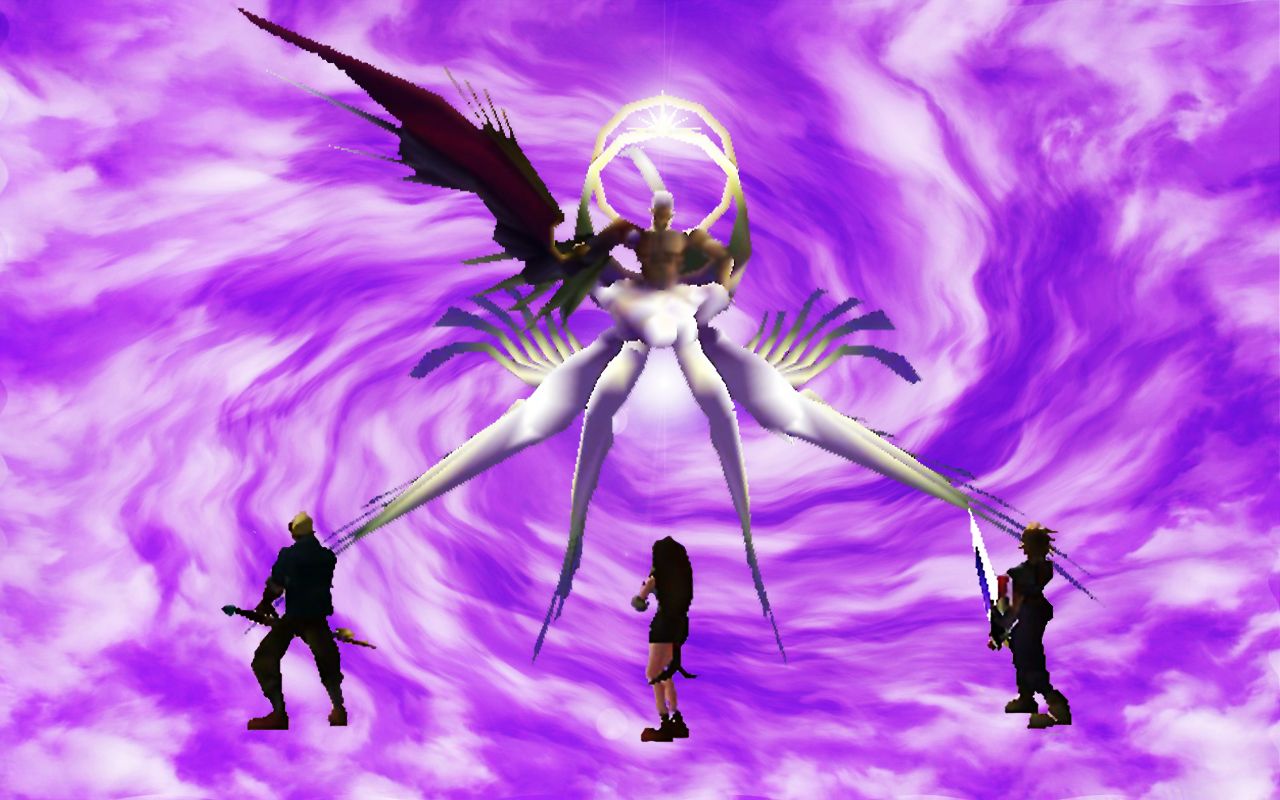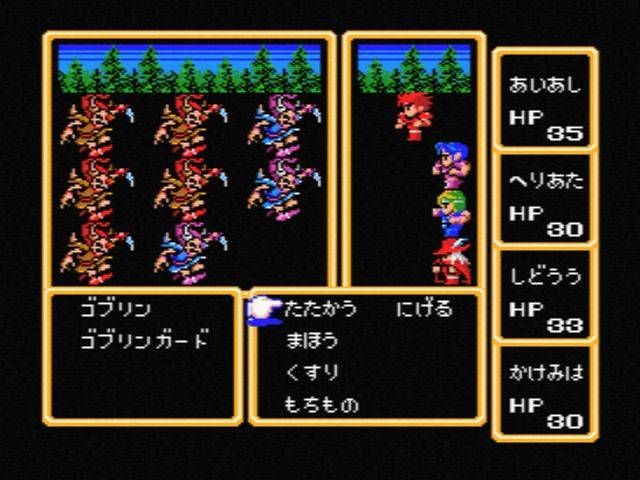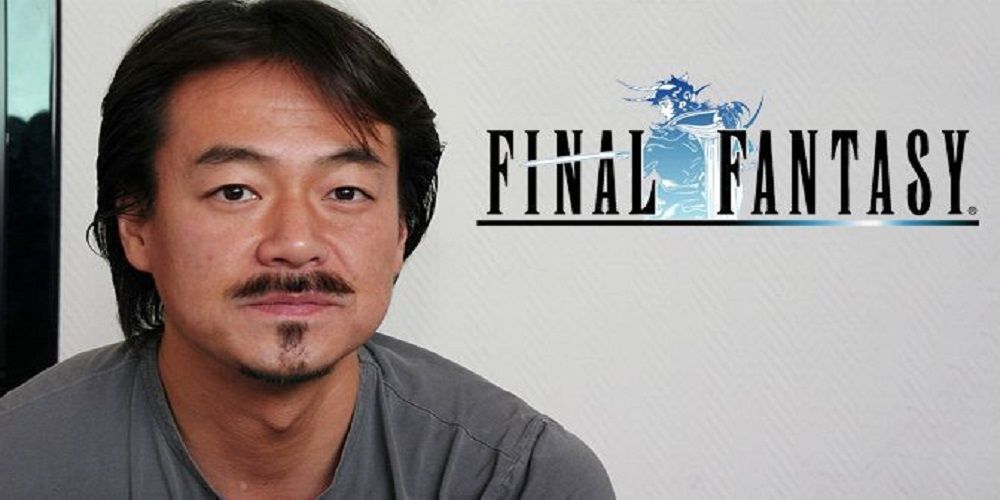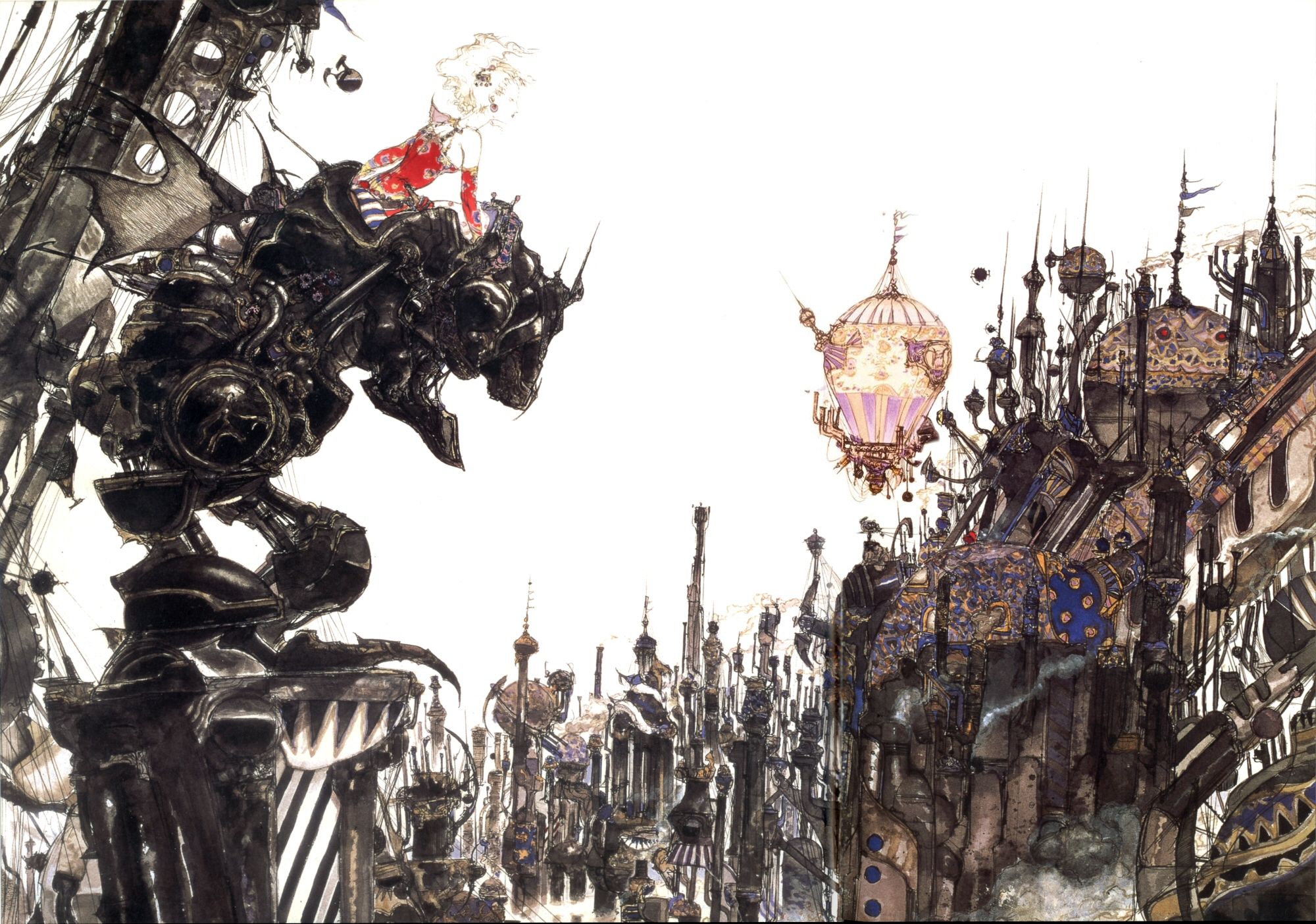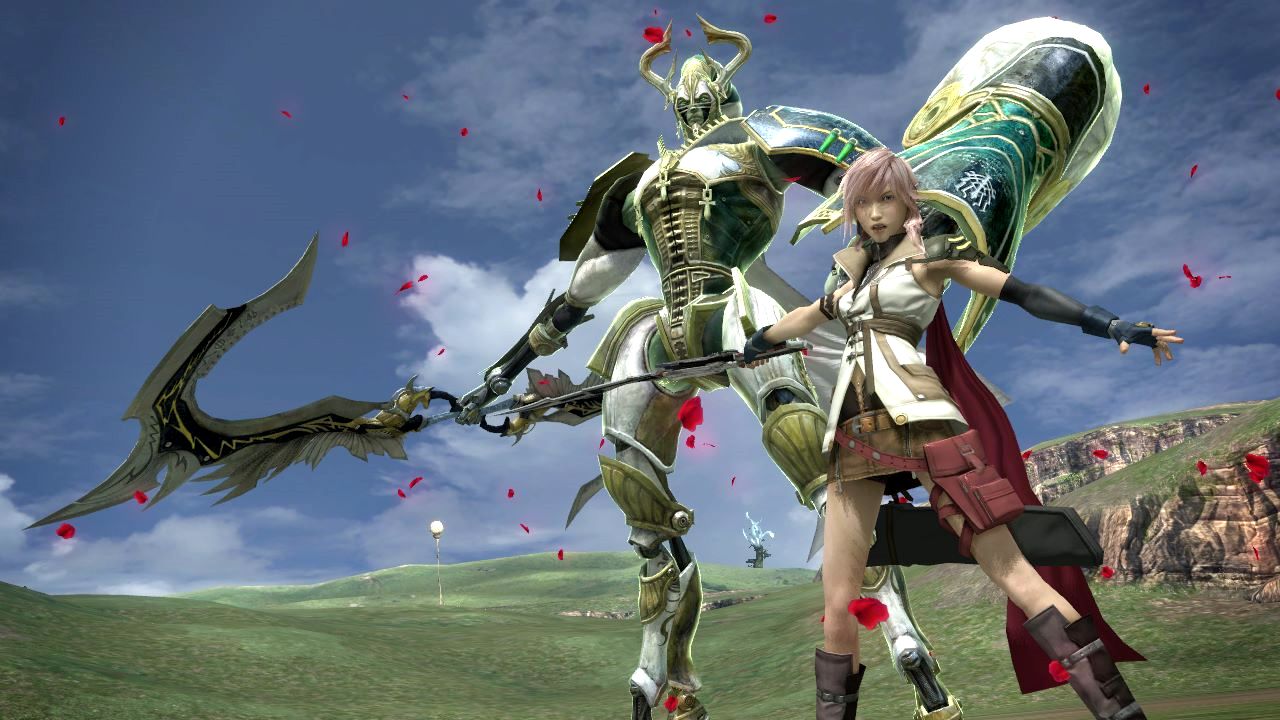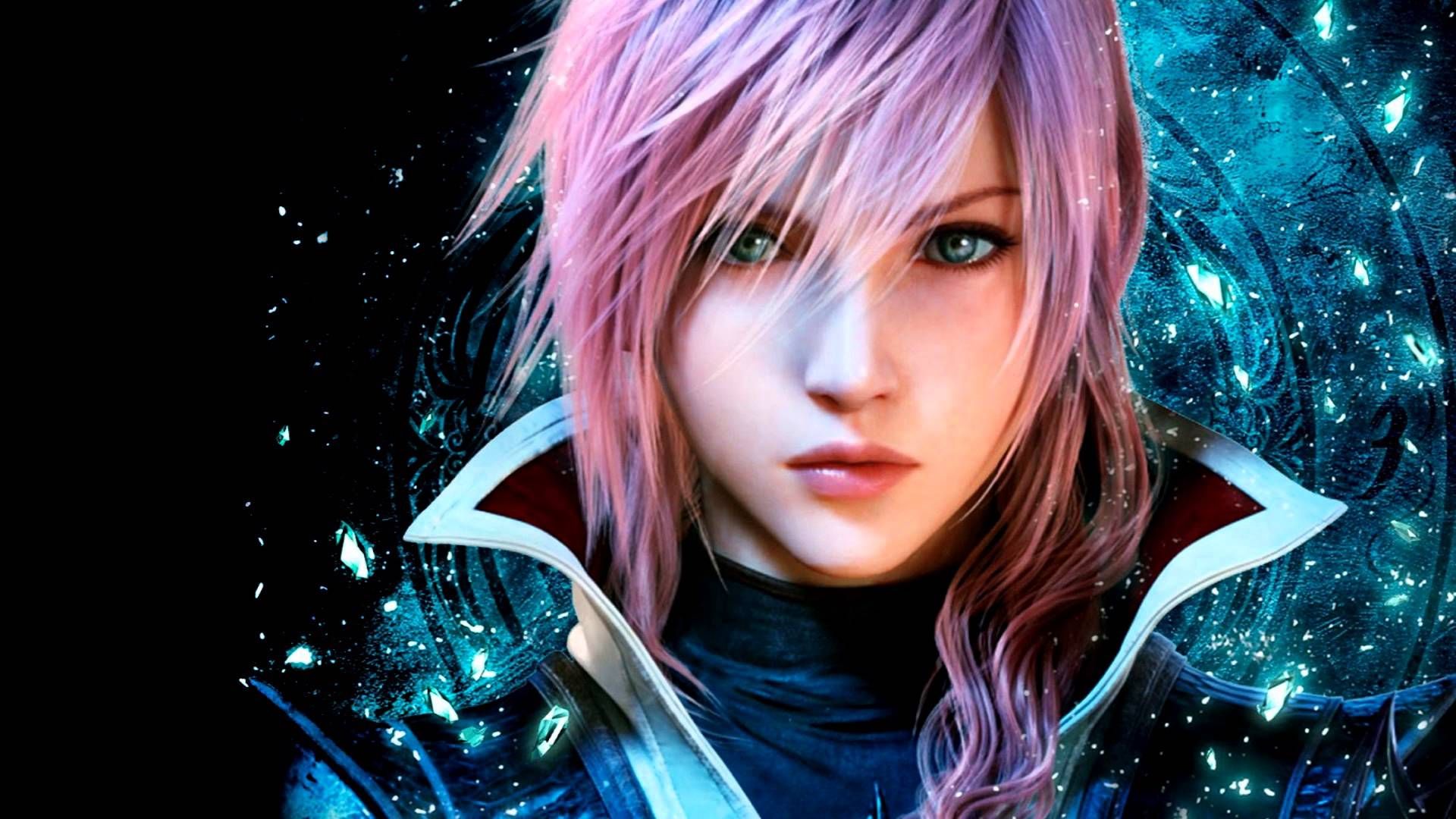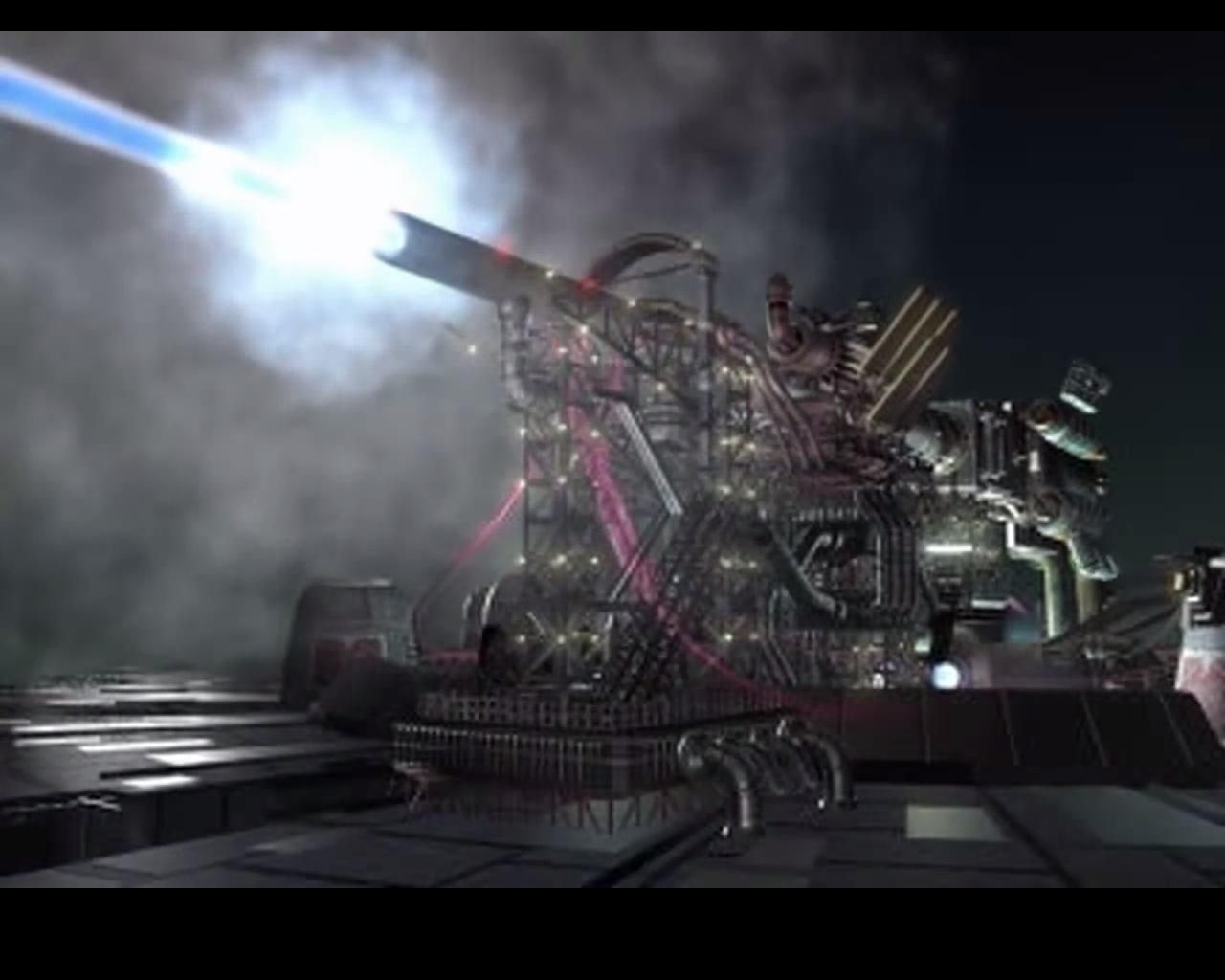Final Fantasy is one of the biggest gaming franchises in the world, with more than fifteen mainline titles under its belt and counting. Since 1986, the series has produced some of the most memorable games out there. The influence on the franchise cannot be understated. It has inspired countless imitators and copycats. The characters, the gameplay, the graphics, the settings, and the music, are some of the most celebrated in all of gaming.
Every gamer has some knowledge of what the series is. Everyone knows that the series is owned by Square Enix (formerly Squaresoft), and the games are primarily RPGs. However, there is actually a lot of false information that many players believe is actually fact. Believing false information actually doesn’t end with casual fans of the series, there is actually a lot of misleading facts that even big-time fans are mistaken in believing. This fake information generally centers on the characters, themes, and development, of the many games.
So this is why we are going over 25 Things Everyone Gets Wrong About Final Fantasy. We all at one point mistakenly believed in something that wasn’t true, yet these are some of the most common pieces of information that fans believe are true, that aren’t.
25 Japanese Yuna Has No Love For Tidus
Translation can be a tricky thing. Something in one language could mean a totally different thing in another. It's up to translators and script adaptors to create an adequate adaptation that would not only make sense but also convey the same themes and emotions as the original source material. It can be difficult, and if there are any discrepancies between the original text and the adapted one, fans will scrutinize the adaptation. Text can also be interoperated differently, especially in Japanese where different nouns and adjectives have different meanings then they do in the West.
Translating is a thankless job, and not every decision made in the translating process may actually be the right choice. When Yuna confesses her love to Tidus at the end of Final Fantasy X, it is very powerful and emotional moment. Many fans assume she says the same thing in Japanese, yet that is not what she said in the original Japanese audio.She actually just thanks him for all he has done. The love confession works in the English version, and to be fair the same implication is there in the original Japanese context, it simply wasn’t as direct as it is in English.
24 A First Time For Everything
Tetsuya Nomura has been a major figurehead of the Final Fantasy series since VII. He started out as one of the programmers and enemy designers in V. He would rise within the ranks when he became a character designer for VII. He’s the guy who came up with the many iconic looks for the characters, including Cloud and Sephiroth. He would return as a character designer for VIII and X, before making his directing debut with Kingdom Hearts.
Even though his focus went more to Kingdom Hearts at that point, he would remain a major producer and character designer for many Final Fantasy games. He would eventually direct the Final Fantasy VII: Advent Children film. He was originally set to direct Final Fantasy Versus XIII, later retitled Final Fantasy XV. He was removed from the project by Square Enix so that he can focus on Kingdom Hearts III and the Final Fantasy VII Remake. Despite the influence he has on the entire franchise, the VII remake would be the first time he would be directing a mainline Final Fantasy game.
23 What's In A Name?
Now, to be fair to the creators of Final Fantasy, the dragon king Bahamut was most likely named after the dragon king from Dungeons and Dragons. The Bahamut of D&D is the king of the good dragons and is one of the many gods of the D&D universe. The actual name of Bahamut has a more ancient origin, and it isn’t related to any dragons.
The Bahamut of Arabic Mythology is actually a giant whale that serves as one of the supports of Earth. Bahamut the whale carries the giant bull named Kujata. Kujata, in turn, is carrying an angel that shoulders the entire Earth. Interesting enough, Kujata would later be a summoning monster in Final Fantasy as well. He would be a lot more accurate to his mythological origin than Bahamut though; he is actually a bull in the games.
22 Push It To The Limit
Limit Breaks are powerful moves that the playable protagonist can perform under certain circumstances. Usually, to activate one of these attacks, you would need to fill up a bar next to the character’s name. A lot of times characters would have multiple Limit Break attacks. Most gamers accept Final Fantasy VII as the first time Limit Breaks first appeared. VII is actually the first game when Limit Breaks were actually starting to be called Limit Breaks. They were originally called Desperation Attacks in Final Fantasy VI.
Desperation Attacks in VI are powerful moves that playable characters can do at random when they are in critical condition. Unlike future installments, players can’t control when Desperation Attacks will happen. It is always random and happens rarely, even when in critical condition. I honestly do not remember ever seeing one in my first playthrough with Final Fantasy VI. That’s probably the reason why people often don’t remember the whole concepts of Limit Breaks beginning with VII rather than VI.
21 The Dragon King
Bahamut is one of the few characters to be with the franchise since the very first game. He was initially a dragon king, who upgraded the player’s stats if they give him a Rat’s tail. He would later return as a summoning monster. Players would be allowed to summon him into battle to cause massive damage to their opponents. He is generally one of the more powerful summons in the games. In some games, he is the most powerful.
Unfortunately, despite him being with the series since its birth, Bahamut has not been in every mainline title. He did not appear in Final Fantasy II. He also doesn’t show up in Final Fantasy XII (all classic summon monsters were replaced by a new set of summons). Instead, all major airships in Final Fantasy XII are named after classic summons. Sky Fortress Bahamut serves as the final dungeon in XII and the main villain would transform into a dragon-like monstrosity that isn’t unlike Bahamut.
20 It's Not So Bad
If you go to any forums or polls online, you will see that the Final Fantasy XIII trilogy of games often draw out some of the most negative opinions about the franchise. Many fans appear to dislike the game for its story, characters, and how linear the game is compared to past games. It is often listed as some of the worst games in the franchise, but is it true? Admittedly, people’s preference and opinions could never be false information, since every individual has their own thoughts and beliefs on everything.
Statistics, however, can show more accurate data of what people feel about the game as a society. According to the numbers on Metacritic, Final Fantasy XIII has an eighty-four percent of positive rating from critics, and seventy-two percent positive rating from gamers. While the percentage does not match with some of the franchise’s most critical acclaim titles, it is also nowhere near being a bad game.
19 Way Better Than You Think
Speaking of one of the franchises most well-received titles, Final Fantasy XII is actually one of the franchises most critically acclaimed games. It’s weird considering that fans also have mix opinions on XII as well, with many citing it as the first time the franchise was going towards a completely new direction. Some of the characters and story elements were received lukewarmly by fans of the series during the time of its initial release.
That didn’t stop critics from giving the game high review scores. It currently holds a ninety-two on Metacritic. It is also one of the very few games to get a perfect 40/40 on Famitsu, one of the highest honors to get in Japan. It went on to sell over six million copies on the PlayStation 2. Undeniably there are times when opinions between players and critics are vastly different. The game only has a seventy-seven percent on Metacritic, a big drop off from what critics were giving the game.
18 A Sequel Before The Sequel
Final Fantasy X-2 broke new ground for the franchise. It was the first video game to be a direct sequel to a previous title. Generally, each game was self-contained and was rarely expanded on in other material. With that said, X-2 has often been erroneously labeled as the first direct sequel to a mainline Final Fantasy game. This is not true. In 1994, a four-episode OVA (Original Video Animation) was released in Japan that served as a sequel to Final Fantasy V.
The sequel was called Final Fantasy: Legend of the Crystals, and it took place two hundred years after the events of the game. The show focuses on the descendant of the lead protagonist and her friends, as they travel the world centuries after the original heroes had saved it. It is a pretty obscured OVA series and predates many non-video game Final Fantasy properties. The series came out a full nine years before Final Fantasy X-2.
17 It's Not A Phase, Mom!
Cloud Strife, the hero of Final Fantasy VII, is one of the biggest video game characters out there. His spiky hairdo and his gigantic Buster Sword are iconic in the world of gaming. It also helps that his character in VII is actually pretty engaging, especially during that time period. He initially comes across as an arrogant mercenary, only to later find out that his life was a lie and suffers an identity crisis. He eventually accepts himself for who he is and becomes a much more caring person in the end. There are certainly some convolutions in his story arc, yet, it still works within the context the story.
Though there is definitely some angst within Cloud’s character arc, he wasn’t really the emo teen he would eventually devolve into in the FF spin-offs. He was mostly arrogant, and a really big jerk in the original Final Fantasy VII. Why future games choose to mostly focus on the more emo aspects of Cloud’s personality is currently unknown.
16 Missing In Action
There are only a few things that connect the Final Fantasy games. Each game takes place within their own world and characters. The only thing that really connects them is generally the themes and enemies. There are also common names within the games, like how there is sometimes a Princess named Sarah in some of the titles. The name Cid is the most common, however. Since Final Fantasy II, there has at least been one character named Cid in the games. Generally, the Cids are usually involved with the creation of the airships, another common part found in most games.
Square Enix maintains the façade that all the mainline FF games have a Cid in it, even though the original Final Fantasy didn’t. When Final Fantasy I first came out in 1986, there was no character named Cid. However, when the game was later ported onto the Game Boy Advance, a Cid was finally included.
15 The Song That Started It All
“Prelude” is one of the most recognizable pieces of music from all of Final Fantasy, and it is one of the few songs that can be heard in multiple titles. It is up there with the “Victory Fanfare” and the Battle Themes. When people hear it, they know it is the Final Fantasy song. Because of how common and recognizable it is, many gamers simply associate Prelude as the main theme of the franchise.
While that statement can be argued, technically, Final Fantasy has a different song that serves as its main theme. In the opening cinematic for Final Fantasy I, there is a piece of music playing that is simply labeled as the “Final Fantasy Opening Theme”. That same theme would return throughout the other titles of the series. In future installment the theme would often be simplified as the “Final Fantasy Theme”, essentially establishing it as the true main Final Fantasy theme. “Prelude” is still a lot more common among the different Final Fantasy titles, however.
14 Starting A Revolution
Despite what haters would say, Final Fantasy VII is a fantastic game and very important in gaming history. It is often associated with popularizing RPGs in the West. This is mainly due to the fact that VII was the first game in the FF series to be released in Europe. North America was able to experience three different Final Fantasy games before VII’s release. With that said, saying Final Fantasy VII is the game that popularized RPGS feels more demeaning to those that came before it.
You see, Final Fantasy was already a well-known franchise in America before VII came out. I, IV, and VI were able to find success in the West before VII supposedly made RPGs popular. Chrono Trigger, another Square game, was also released with big success before VII as well. Let us also not forget about Pokémon Red and Blue, which was released a year earlier and started the Pokémania of the 90s. Saying VII popularized RPGs is more of an overstatement than concrete fact. It certainly one of the most popular RPGs in the West, and it did bring in new awareness to the genre, but it was definitely was not the first to do that.
13 It's Just A Battle Theme
Sephiroth is one of the most iconic video game villains ever, and the song that plays in the final fight against him in the end of VII is one of the most popular pieces of music in gaming history. “One-Winged Angel” has reached such notoriety that is often cited as one of the finest pieces of music to come from the world of gaming. The haunting chanting from the chorus, the way the song builds up, and the overall dreadful tone, makes the song a classic. It represents the character Sephiroth perfectly, and many often see “One-Winged Angel” as his theme.
While “One-Winged Angel” is definitely the most popular song to be related to Sephiroth, it isn’t actually his main theme within the context of the original Final Fantasy VII. His main theme is actually a piece called “Those Chosen By The Planet”, and it is a more subtle and sobering theme.
12 Not As Exclusive As You Think
Because the original Final Fantasy is the game that started the entire franchise, it is the title that has received the most re-releases. It has been re-released on the PlayStation 1, Gameboy Advance, PlayStation Portable, and the NES Classic. It is available digitally on most digital platforms. It is very easy to access the game. Though the PlayStation version is mostly a straight-up port of the NES version of the game, many fans imagine that the NES version of FF I was the only one version of that game to be released beforehand.
That is not true. In 1989, only two years after the game was released on the NES, a port of the game was released on the MGX 2. The MGX was a home computer from the 80s that was able to play certain video games. The original Metal Gears games were initially made for the MGX. The MGX port of Final Fantasy was given a graphical upgrade, and the sound was also improved. It predates most ports of the game by several years and proves that the original game was not really an NES exclusive as some believed.
11 A Final Destination?
The title of the franchise is a really ironic name, given that Final Fantasy is anything but a final fantasy. It’s good title though and does have a nice little mythology around it. Apparently, as the story goes, Square at the time was heading into bankruptcy during the mid-80s. Square then decided to put all their chips on the table with one last game – Final Fantasy. Square was on the verge of going out of business, and the first Final Fantasy could have literally been Square’s last game. Fortunately, the game was a hit and saved the company.
It’s a cool story, but it is not entirely true. While Square was having a financial crisis around the time the first Final Fantasy came out, and Final Fantasy did essentially save the company, the game was never planned to be Square’s last game.
10 Through The Eyes Of Many
This is really more a matter of semantics than anything else. For all intents and purposes, Terra has become the defacto face of Final Fantasy VI. She’s the first character that players take control of in the game. Her role in the story is arguably the most important out of all the playable characters. She is featured heavily in all promotional material, including the Japanese box art and the game’s logo. She’s VI’s representation in all spin-off titles that feature all the leads of the Final Fantasy games, including the Dissidia fighting games.
However, within the context of Final Fantasy VI itself, there’s technically no main character in the story. The developers wanted to create a narrative where all the playable characters received an equal amount of focus. Terra’s role in the game is definitely one of the most vital within the story, but there are several other characters that have equally important roles in the narrative.
9 A Prelude To Controversy
Similar to the previous entry, this one is a little bit more controversial. “Prelude” is the iconic melody found in most Final Fantasy games. Many players probably believe that the song is in every main title in the franchise. That may not exactly be true. You see, “Prelude” is almost in every Final Fantasy game. The only game in the main series that does not seem to have it is Final Fantasy XIII. XIII uses a completely different prologue song.
This is where it gets murky though, as the song “The Sunleth Waterscape” has a speed up version of “Prelude” within its melody. It’s barely recognizable since the “Prelude” is sped up so much that it sounds different. Nonetheless, once you hear it you realize that the notes are similar to “Prelude”. With that said, “The Sunleth Waterscape” in its entirety sounds so far removed from “Prelude” that it is hard to justify saying that “Prelude” is every Final Fantasy title.
8 Avoiding A Terrible Mistake
When the Final Fantasy XIII games were first coming out, Square Enix made a big push to make the main character Lightning the next big gaming icon. She would be featured heavily in a lot of promotional material for Square, including toys, figures, posters, and cross promotions. Whatever your feelings on how Square promoted the XIII series, Lightning herself does have fans.
With how much money that Square Enix has put in to make Lightning a success, you would presume that a lot of decisions about her character were determined long before they started their promotions. That isn’t necessarily true. Lightning actually went through a variety of different designs. In fact, she was originally going to be more flirtatious, and there were actual talks to replace her as the main character. The development team was thinking of making the character Vanille the main character during production.
7 Breaking Boundaries Early
Final Fantasy VII was a transitional point for the franchise. It was the first title in the series to be in 3D, and was the first to not be on a Nintendo home console. It was also grittier compared to past games, removing much of the Medieval elements found in the previous games. The story centers on the corruption of a giant corporation and the ramifications that humans cause to the planet. Gone were the fantastical characters of the past, the heroes were more of a mixture of realism and imaginative.
The main character was now an arrogant mercenary, who chose vendetta over saving the planet. One of his comrades is a huge black man with a machine gun as an arm, his name is Barret. People see Barret as the first dark-skinned playable character. Depending on you ask, that may not be true. Leo Cristophe, a temporary playable character in Final Fantasy VI, has dark skin in most of his concept art. His dark skin isn’t very evident within VI itself, which is why many players didn’t recognize him as a dark skin character.
6 The Introduction Of Voice Acting
Final Fantasy X is the first game in the series to have a full voice-over cast. For the first time in the franchise, all the characters had a voice connected to them. The game had an English and Japanese track, giving gamers the joy of listening to James Arnold Taylor as the main character Tidus. This includes hearing Tidus do that painfully awkward laugh in the early part of the game. Ha Ha indeed.
With that said, Final Fantasy X isn’t really the first time in the franchise to have voice acting. Final Fantasy VII had a voice clip during the scene where the Sister Ray in Midgard is charging. Someone on the intercoms is saying that the Sister Ray is getting ready to charge and that employees should evacuate the building. Also, there is chanting in “One-Winged Angel”, making VII the first game in the series to have voice acting.

